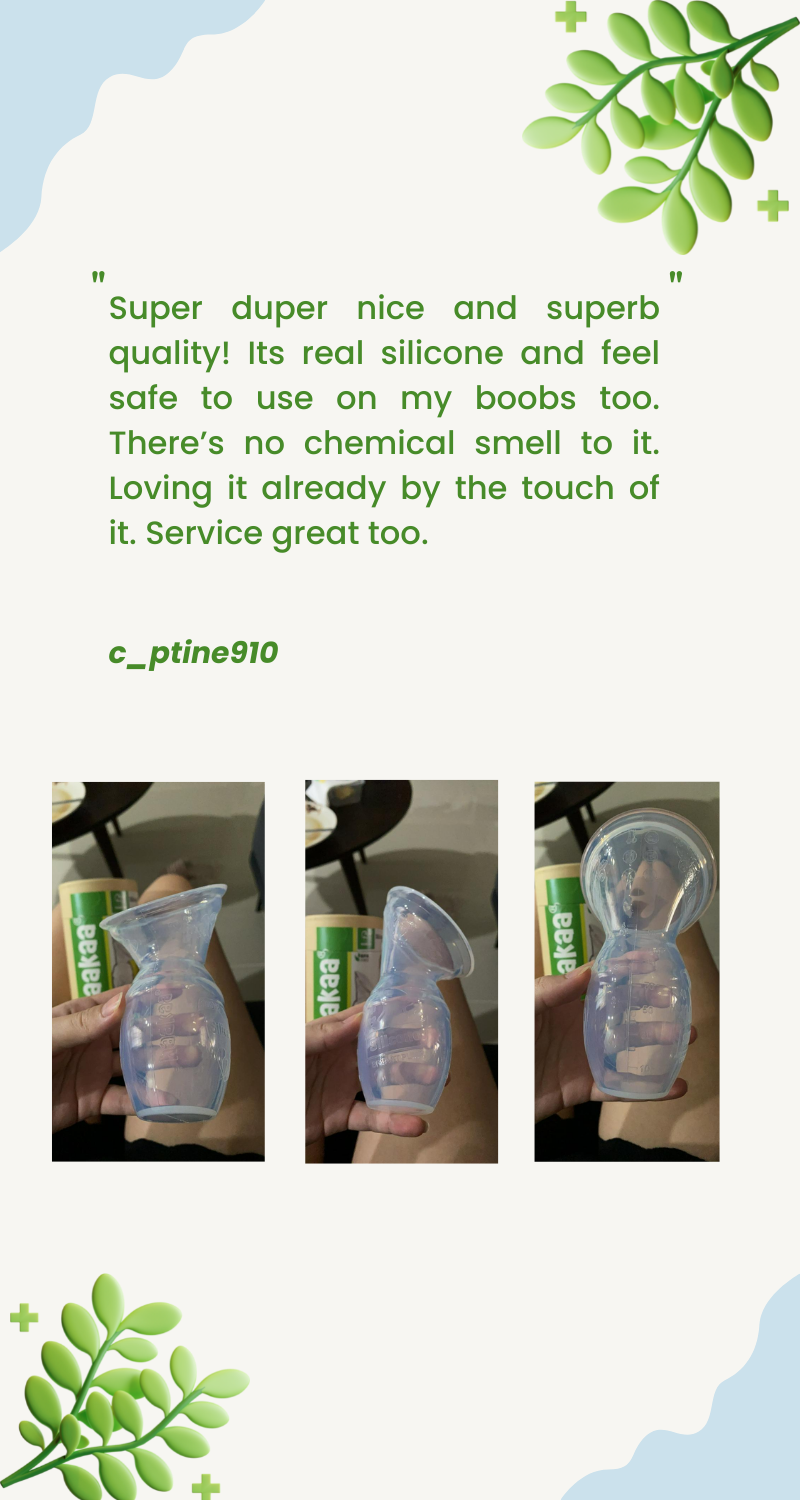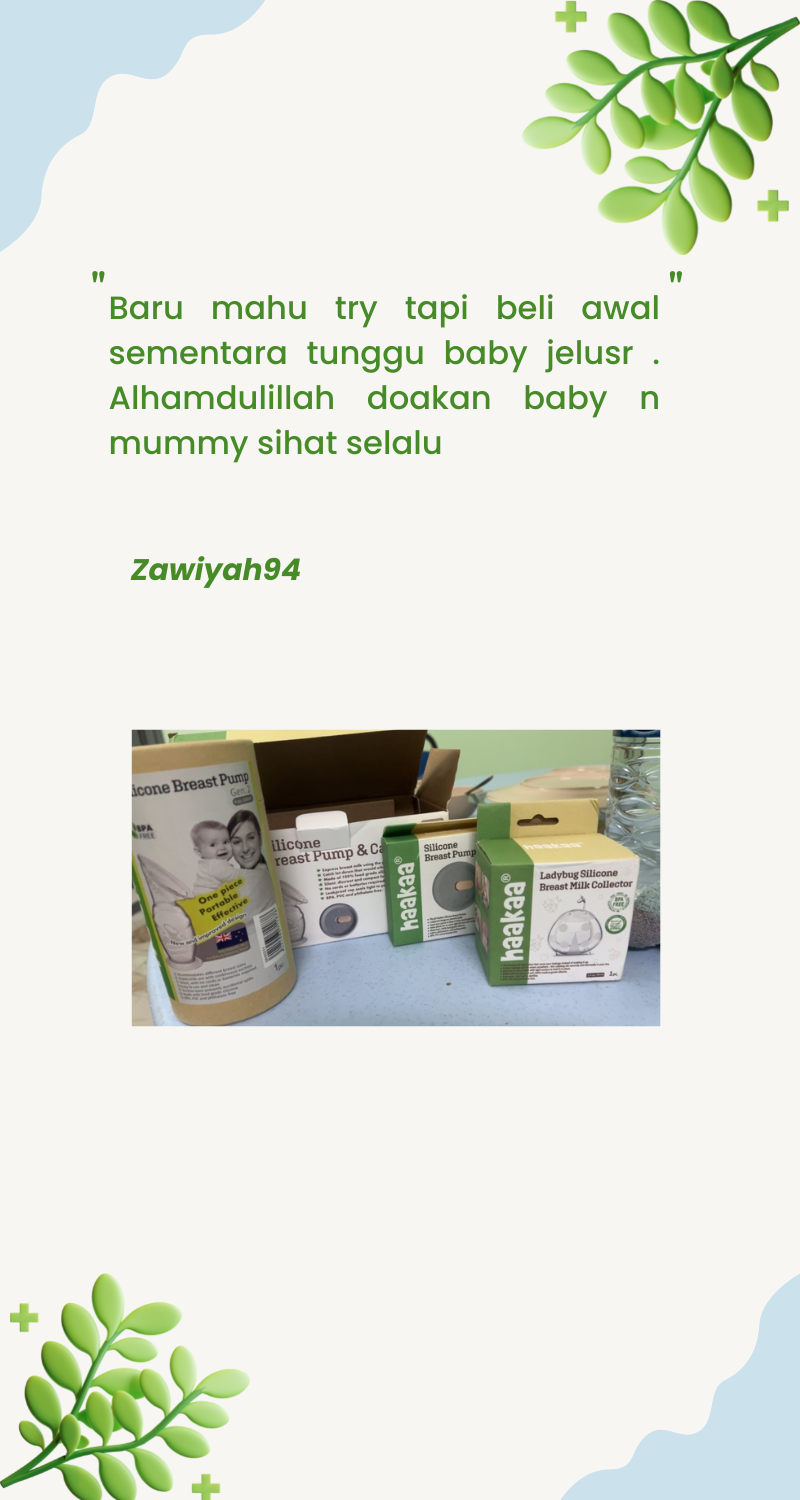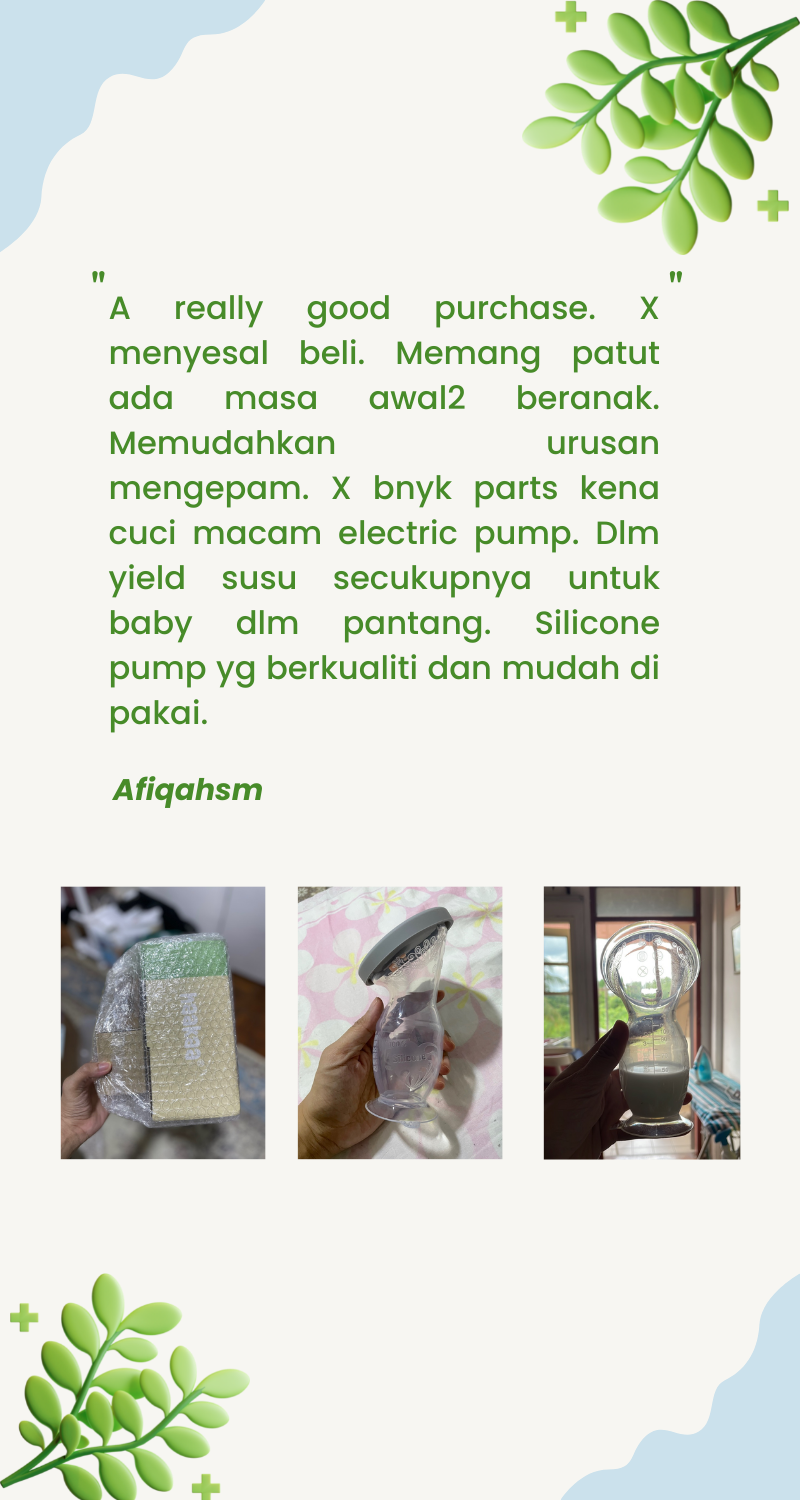
Written by midwife Aliza at Bumpnbub.
Whichever way your baby is born, by vaginal birth or caesarean section, the aim is for a safe and satisfying experience for you, your birth partner and your baby. Defined by The Royal Australian and New Zealand College of Obstetricians and Gynaecologists (RANZCOG), a caesarean section or C-section, is a surgical procedure to birth your baby and placenta through an incision in your abdomen, normally in the pubic region near your bikini line. A C-section is performed by a qualified obstetrician for varied reasons which may be planned or unplanned. This operation can be life-saving for you or your baby if bub cannot be birthed vaginally.

Before having a C-section, an obstetrician should explain to you and your partner the risks and benefits of the operation for both you and your baby. The obstetrician should explain why they recommend you have a C-section and describe any complications that may occur so you can make an informed decision. Don’t be afraid to ask any questions before you agree to the procedure and sign a consent form. Preoperatively your midwife will explain the procedure to you, ensure you are fasted (except in emergency situations), ask you a series of questions, help you get changed into a hospital gown and listen to bub’s heart rate. Your midwife will then take you and your partner into theatre to meet your baby.
What Are The Reasons For Having A C-Section?
- Planned or elective C-sections may be chosen for non-medical reasons, such as a maternal request or social circumstances. Medical reasons why a doctor may suggest an elective C-section include; you’ve had a previous C-section, your baby is not head down and cannot be turned, your placenta is partly or completely covering your cervix, your baby is growth restricted or has an abnormality or any medical condition in which a vaginal birth may pose a risk for you or bub.
- Unplanned or emergency C-sections can occur before or during labour. Indications of an emergency C-section include (but are not limited to); fetal distress or concerns for your baby’s wellbeing, baby is not in an optimal position, maternal complications such as high blood pressure, labour is not progressing, bub’s umbilical cord presents before their head or any life-threatening situation for you or your baby.

What Happens Inside The Operating Theatre?
Theatre can be an overwhelming environment, even for a planned C-section, as there is a lot going on and often over ten healthcare professionals doing tasks quite quickly. People present in theatre include the anaesthetist, obstetrician, doctor assistants, multiple nurses, your midwife, often a paediatrician, as well as your partner or support person.
An anaesthetist is a doctor that will provide you with anaesthetic and pain relief during and after the procedure. A C-section is normally performed under a spinal or epidural anaesthetic, so you can be awake when your baby is born but cannot feel any pain from your waist down. In some circumstances, if the spinal is not working or emergencies present, when the operation needs to be done very quickly, the anaesthetist may have to give you a general anaesthetic and put you to sleep for the procedure. The type of anaesthetic will be discussed with you prior to the C-section. The anaesthetist will also insert a cannula (thin plastic tube) into a vein in your arm or hand to give you medications and fluids during the procedure.
You will have compression stockings put on your legs to reduce your risk of blood clots due to having to lay in bed for a period of time after your operation. A nurse will explain to you the need for a catheter tube to be inserted into your bladder to keep your bladder empty during and after the operation, and this will be done once your anaesthetic is working. You will then be positioned on the operating table, and a sheet will be put up in front of you so you cannot see most of the operation. Around ten or so minutes after the start of your C-section, your baby will be born and held up above the sheet so you and your partner can see bub (cue happy tears). Your baby will be passed to your midwife or paediatrician to be quickly examined before being placed on your chest for skin to skin. While bub is on your chest, they should be well covered with blankets and a beanie as the theatre will be cold. Bub may even find their way to the breast and have a feed if you plan on breastfeeding. It can take 30-45 mins for your obstetrician to stitch up your incision, and then you are transferred out into the recovery ward.

What Happens After Your C-Section?
Once you and bub are transferred to recovery, you will remain here for around 40-60 minutes to be closely monitored. A nurse will be taking regular observations and checking your wound, and your midwife will be monitoring your baby. During this time (pending you and baby are well), you can continue to have skin to skin with your baby, and within the first golden hour, bub should have their first breast or bottle-feed. When you and bub are stable, you will be transferred up to the postnatal ward together, where you will normally stay for 3-5 days, depending on your hospital protocol and how you are going.
On The Postnatal Ward
In the first 24 hours after your C-section, you will be taking things very slow, with lots of help from your partner and midwife. Your stay will generally include the following:
- Your midwife will help you out of bed (around 12 hours after the C-section) to have what feels like the best shower of your life. Remember, you will still experience vaginal bleeding after a C-section, and when you stand up after lying down, you may have a little trickle of blood, which is okay. If you notice large blood clots or a gush that fills your pad, notify your midwife ASAP.
- You will have pain after a C-section as it is major surgery. Your midwife will provide you with regular pain relief and strong pain killers when you need them, which will allow you to feel comfortable once you are up and moving around.
- The catheter that was inserted into your bladder at your C-section will be removed when you feel steady on your feet and able to get in and out of bed by yourself.
- If you are breastfeeding, it can be challenging to position bub properly in those first few days after a C-section, but your midwife will assist you in finding a comfortable position. Breastfeeding will become easier when you have less pain and can sit up in a chair. When you are resting in bed following a C-section, it is the best time to have lots of skin to skin with bub which will help with breastfeeding and your milk supply.
- Constipation is very common after a C-section, so you will be given stool softeners while in the hospital to help move things along (you can also continue them on discharge if you need. Fluids, a high fibre diet and moving your body will also help with constipation.
- A physiotherapist will likely review you on the postnatal ward to assess how you are going post C-section and give you tips on moving around if you need.
- You will continue to wear the compression stockings after your C-section and be offered a small injection to further reduce your risk of having a blood clot.
- Your midwife will check your wound every day while in hospital and monitor for signs of infection to ensure it begins to heal before you’re discharged home.
- If your C-section was an emergency, your doctor or midwife should conduct a debrief with you and your partner within 48 hours. A debrief includes the reason for your C-section, any complications that occurred, a recommendation for any future births (repeat C-section or vaginal birth) and answer questions or clarify any concerns you or your partner have. You may have mixed emotions if it was an unplanned C-section, and it is okay to feel sad or disappointed if your birth didn’t go as you would have liked. If you are feeling this way, it can be helpful in processing the situation if you talk things through with your partner, doctor, midwife or social worker.
- When your healthcare provider has cleared you for discharge, it is time for you and bub to settle in at home. Your midwife will provide you with all the information you need going home and when to follow up with your doctor in the postnatal period. When you go home, remember to rest as much as you can and don’t lift anything heavier than your baby for six weeks.

Caring For Your C-Section Wound
Your midwife will give you information on caring for your wound on discharge from the hospital. Every doctor will use different sutures and dressings, so this will be different for every mama post C-section. Most C-section wounds will have absorbable sutures meaning you can leave the wound alone and don’t have to get any sutures removed, although your doctor will inform you if you do need to get stitches removed. Try to keep your wound as clean and dry as possible; most wounds will have a waterproof dressing over them, so they are okay to wear in the shower. Your healthcare provider will tell you when they advise the dressing to be removed, and you will either have an appointment with them or your GP.
When your dressing is removed, or if you have a clear dressing over your wound, always monitor for signs of infection. Signs of infection around the incision include redness, pain, swelling, discharge or an odour. If you recognise any of these signs, get your wound examined by your healthcare provider or GP. Your wound should be healed by six weeks postpartum, and your doctor will confirm this at your check-up. It’s important you don’t lift anything heavy or begin exercise again until cleared by your healthcare provider. They will also recommend a period of time before conceiving again, known as pregnancy spacing, to allow the incision on your uterus to heal and become strong before having another baby.







